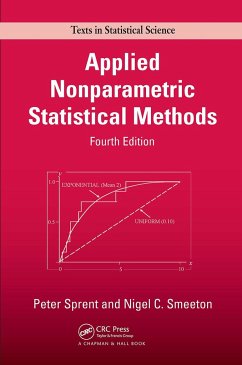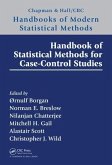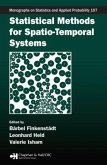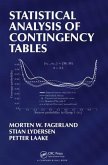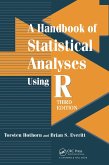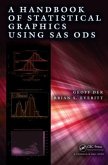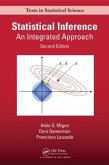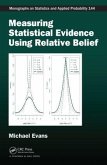While preserving the clear, accessible style of previous editions, this volume reflects the latest developments in computer-intensive methods that deal with intractable analytical problems and unwieldy data sets.
Hinweis: Dieser Artikel kann nur an eine deutsche Lieferadresse ausgeliefert werden.
Hinweis: Dieser Artikel kann nur an eine deutsche Lieferadresse ausgeliefert werden.

